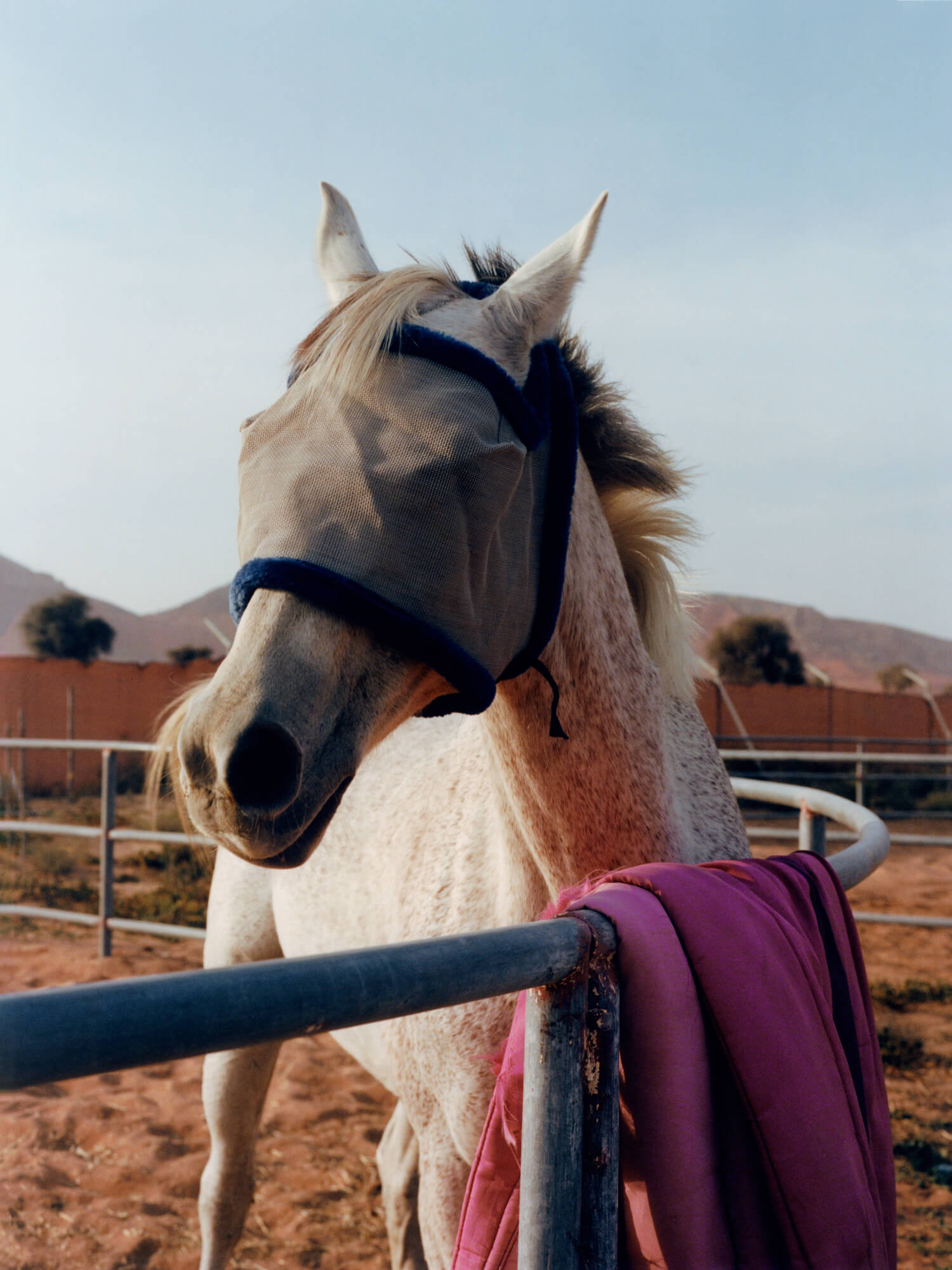Whispers and wonders
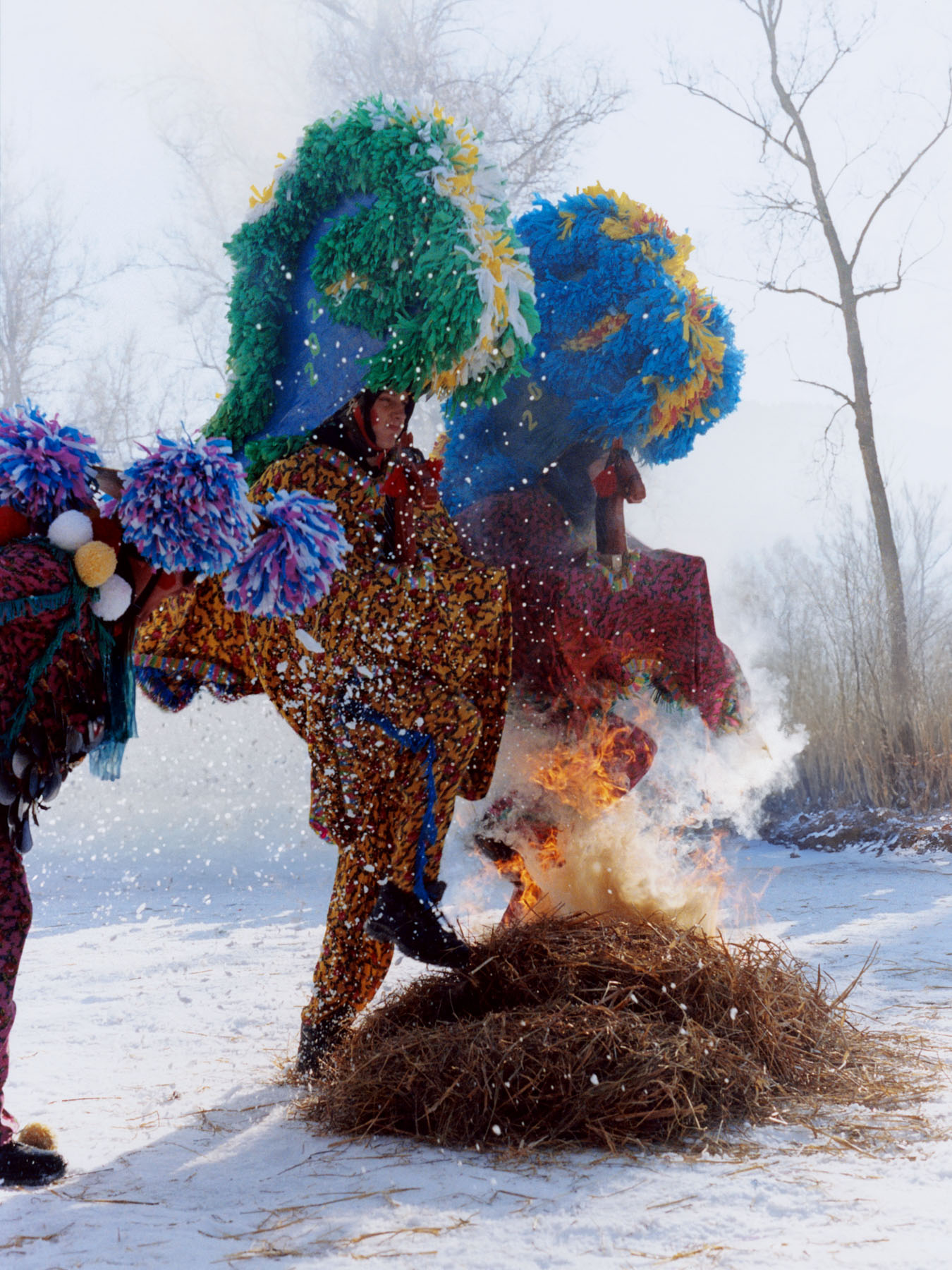
Mateusz Stefanowski
A deep exploration of Poland’s rich winter caroling traditions—ritual performances with deep roots in pre-Christian beliefs, still alive today in rural communities. Words and Photography by Mateusz Stefanowski.
Caroling in Poland is a rich and diverse tradition with roots in pre-Christian times. Some of these traditions date back over a thousand years, originating long before Christianity arrived in the region, so kept original pagan elements. The fact that they survived centuries of turmoil—including partitions that erased Poland from the map for 123 years, two world wars, and rapid modernization—proves just how deeply rooted and significant they are.
These traditions are preserved mostly in small villages by tight-knit communities, often passed down through generations in an almost unchanged form. Groups often go house to house, not only singing but also performing symbolic rituals. Some wear masks and costumes representing figures like demons, animals, or spirits—echoes of ancient fertility and winter renewal rites.
Certain rites that I captured, like the Dziady rituals, have existed for over 1,000 years, while others—such as the Brodacze from Sławatycz and Jukace—have evolved over centuries within local communities, preserving elements of old symbolism and beliefs.
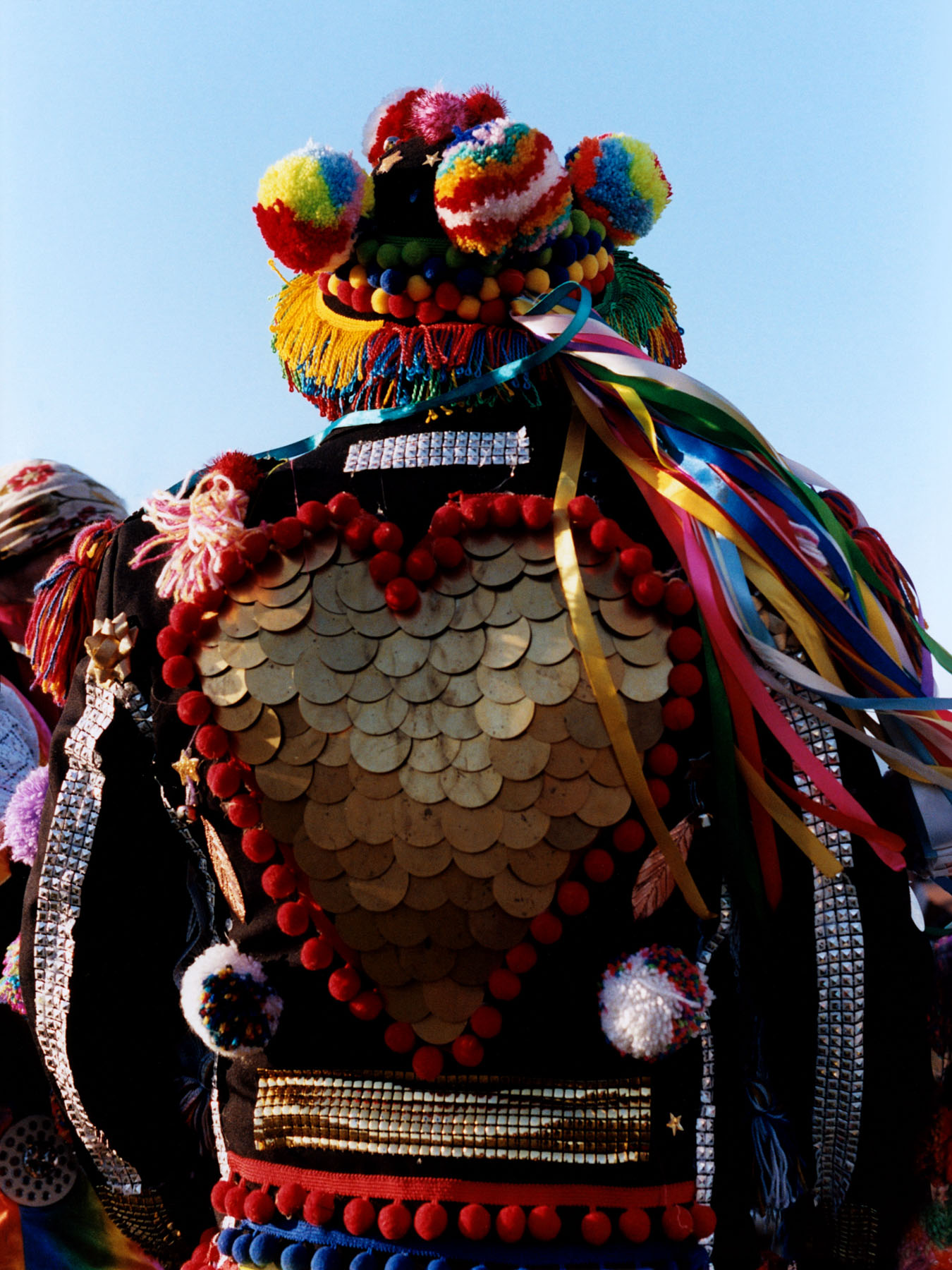
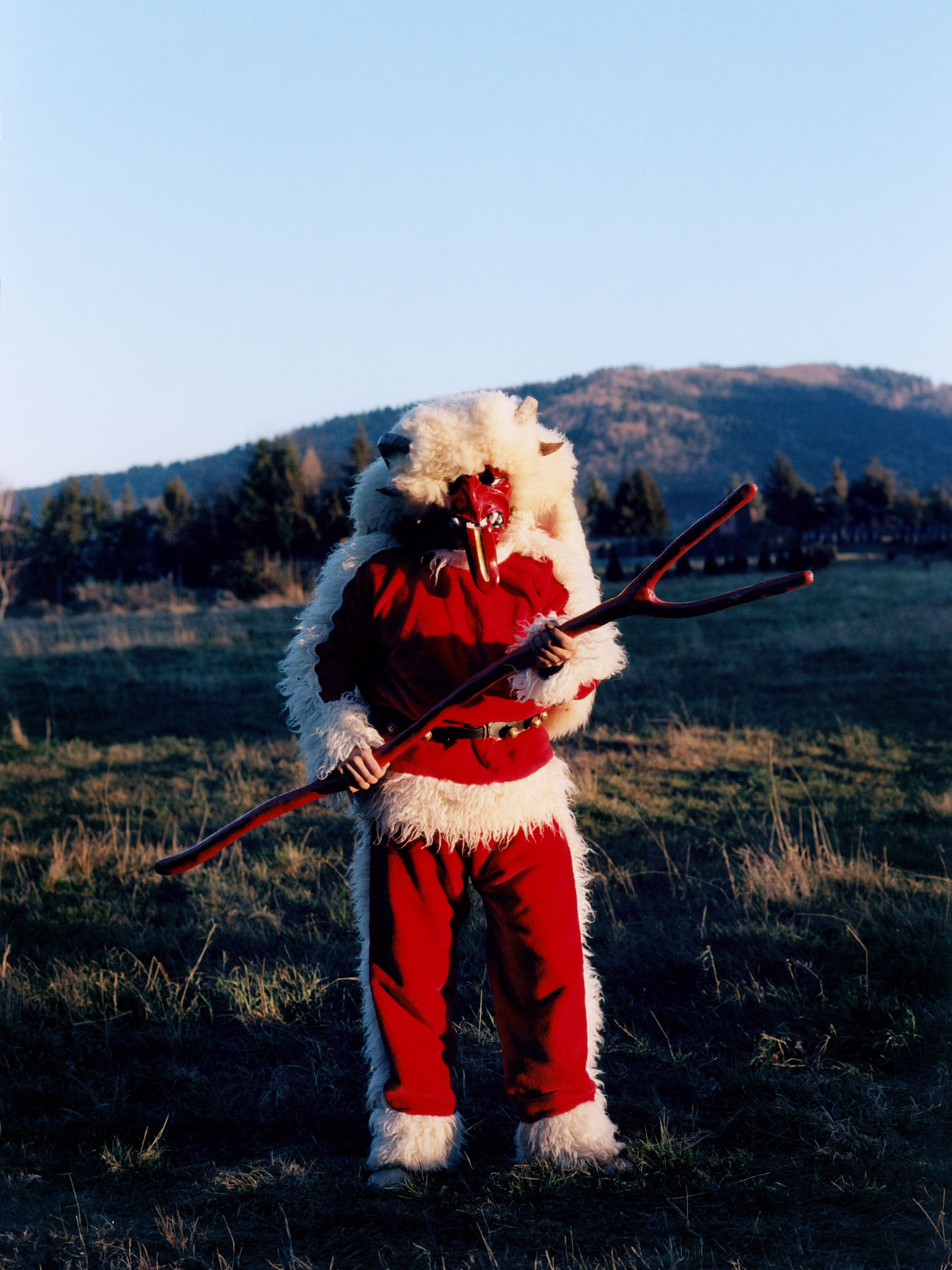
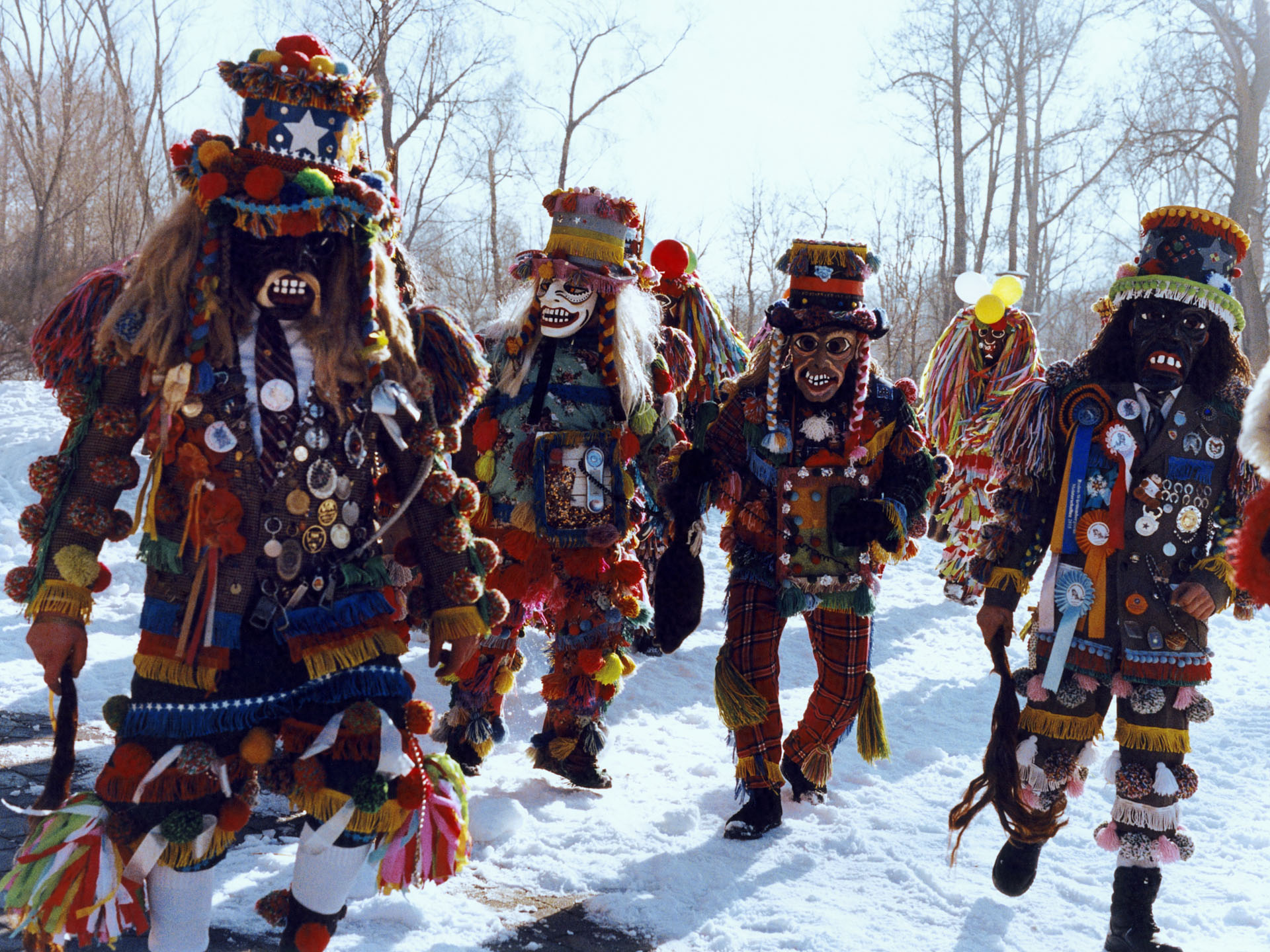
These traditions are highly seasonal, as they follow the cyclical order of the world, aligned with nature’s rhythm and rooted in the cosmogonic myth of Chaos and Cosmos—destroying the old year and renewing the world through ritual purification.
Each of these traditions features symbolic elements like loud noise, fire, masks, and role reversals, all meant to drive out evil and restore harmony for the new year. The New Year’s Dziady chase away spirits and misfortune, the Jukace create chaos to mark the end of the old order before welcoming the new, and the Brodacze parade in elaborate straw masks, embodying figures of renewal and transformation.
Because these customs are directly tied to the end of the old year and the beginning of the new one, they are strictly winter traditions, deeply rooted in seasonal cycles and the belief in the necessity of periodically refreshing the world’s order.
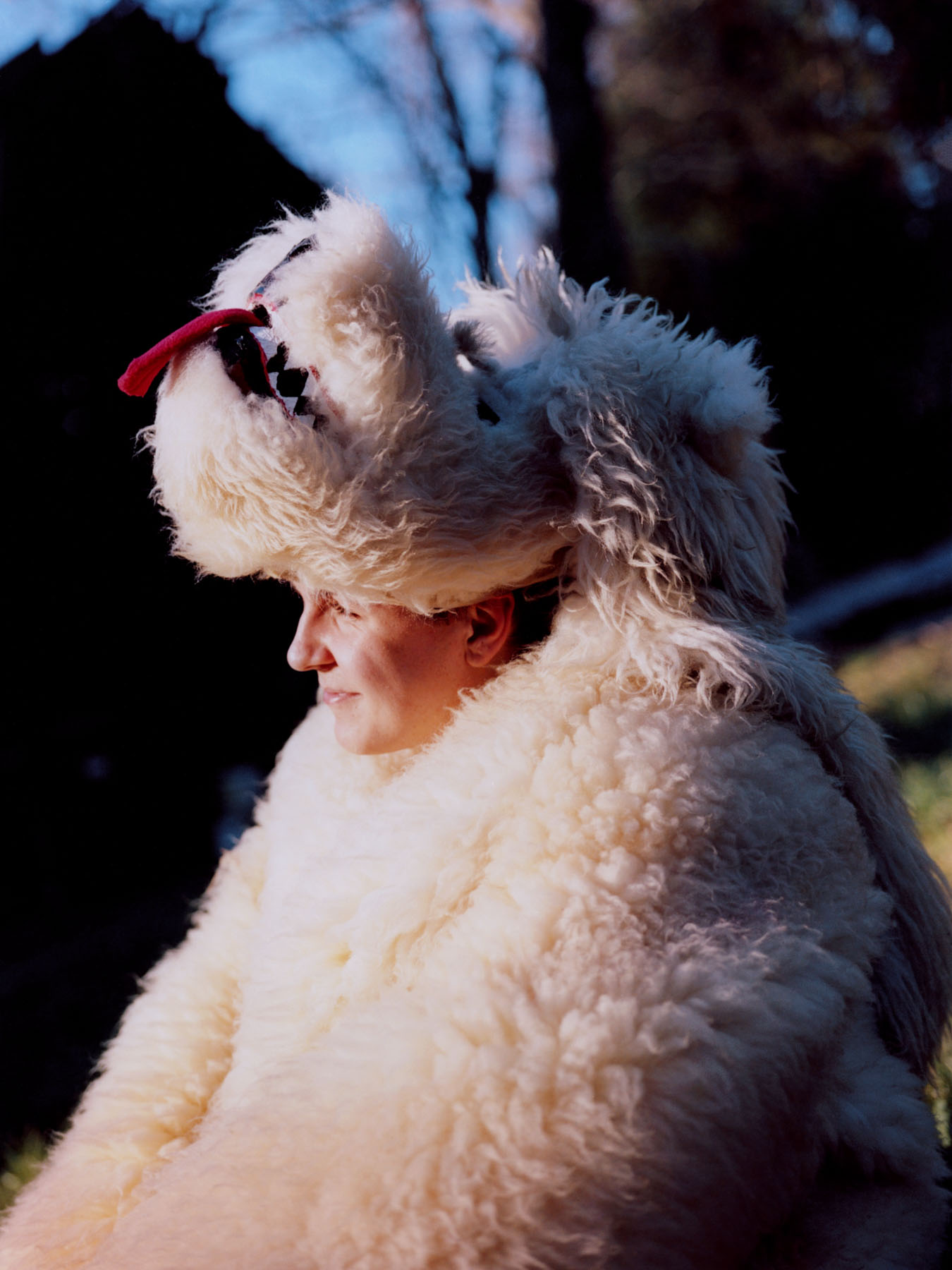
In the snowy silence of the Beskid Mountains, just before the year turns, the sound of cracking whips and jingling bells breaks the stillness. It’s a sign: the Dziady are coming. These costumed carolers, guardians of one of Poland’s oldest folk traditions, transform villages into open-air stages for a ritual performance—part blessing, part theater, part living myth. Believed to have been brought to the region centuries ago by Romanian shepherds, this tradition has endured wars, upheavals, and modern distractions. And yet it continues—today upheld by over 25 groups in Żywiecczyzna, where fathers, sons, and neighbors pass the rite down through generations.
The procession follows a symbolic order. At the front walk the whip-crackers, using their whips to signal the group’s approach. Then come the horses, who must dance, fall, and rise—embodying rebirth and vitality. Behind them follow chimney sweeps, devils, priests, Death, and characters representing once-common members of local communities, such as Jews and Roma. Each figure has a role to play, often improvised, but deeply rooted in tradition and meaning.
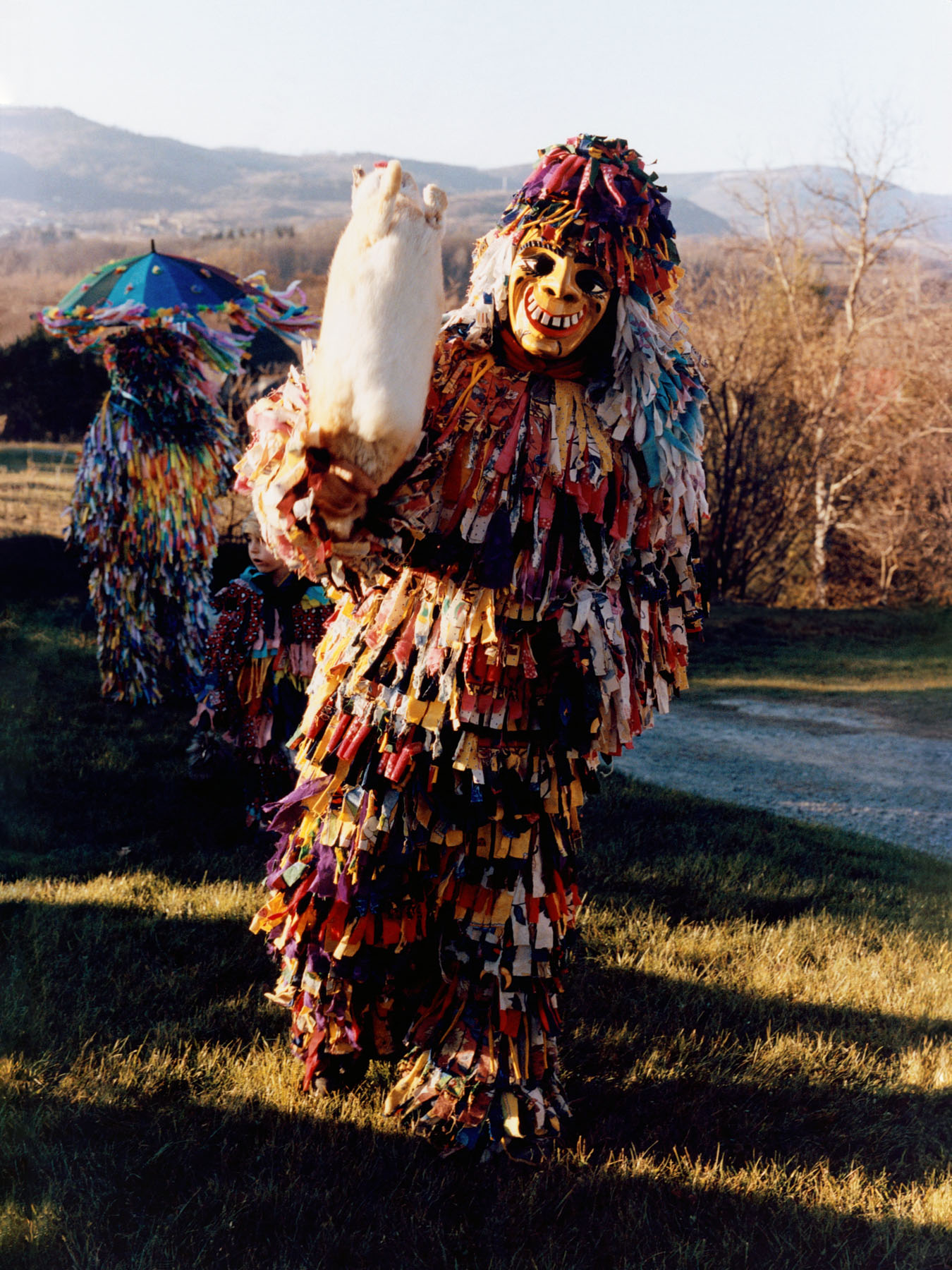
The costumes—once made of inside-out sheepskins and straw—are now carefully crafted, with increasing attention to detail and symbolism. Horses, for example, symbolize health, strength, and prosperity. Their movements, like the gestures and lines spoken by other characters, form a ritual narrative of endings and beginnings, of death and renewal.
The Dziady are not simply entertainers—they are stewards of an ancient worldview. Their improvised scenes carry echoes of pre- Christian beliefs and agrarian rites, helping the community symbolically pass from the old year to the new. “If the Dziady didn’t come, it would be as if the year hadn’t begun,” says Andrzej Maciejowski, a local custodian of the tradition.
Though today the performances take place before larger, sometimes festival crowds, their essence remains unchanged. Participation is still an honor, once reserved for young bachelors, now shared across generations. And while the laughter and spectacle may evolve, the Dziady continue to bring something sacred: a blessing woven from memory, sound, and story— welcoming the year with life, light, and meaning.
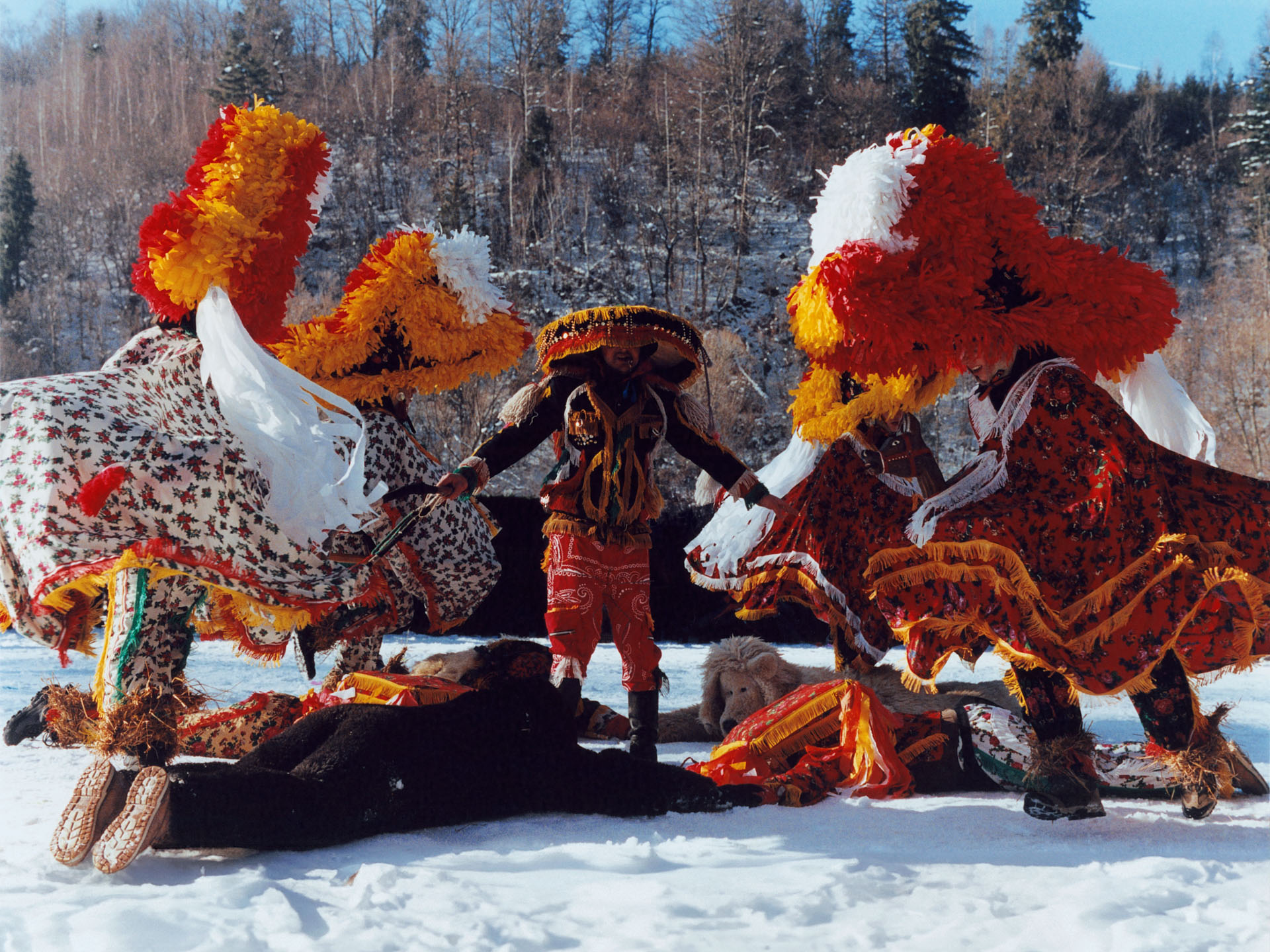

At the edge of eastern Poland, where the Bug River draws a quiet border, something ancient stirs in the final days of December. Young men, dressed in sheepskin coats turned inside-out, tall fur hats, and long beards made of flax or hemp, transform into Brodacze—the Bearded Ones. They wander the village of Sławatycze, visiting homes and streets, chasing children, teasing girls, and stopping cars, all while making strange, wordless sounds. With every movement and ritual, they summon health, fertility, and prosperity for the New Year.

Their tradition is rooted in pre-Christian agrarian rites, where disguise, noise, and straw were tools to ward off evil and awaken the forces of nature. Each part of the Brodacz costume carries meaning: the beard symbolizes long life and masculine strength, the mask offers protection and links the wearer to the spirit world, and the straw elements—woven into their shoes and belts—bring fertility and connect the living with the dead.
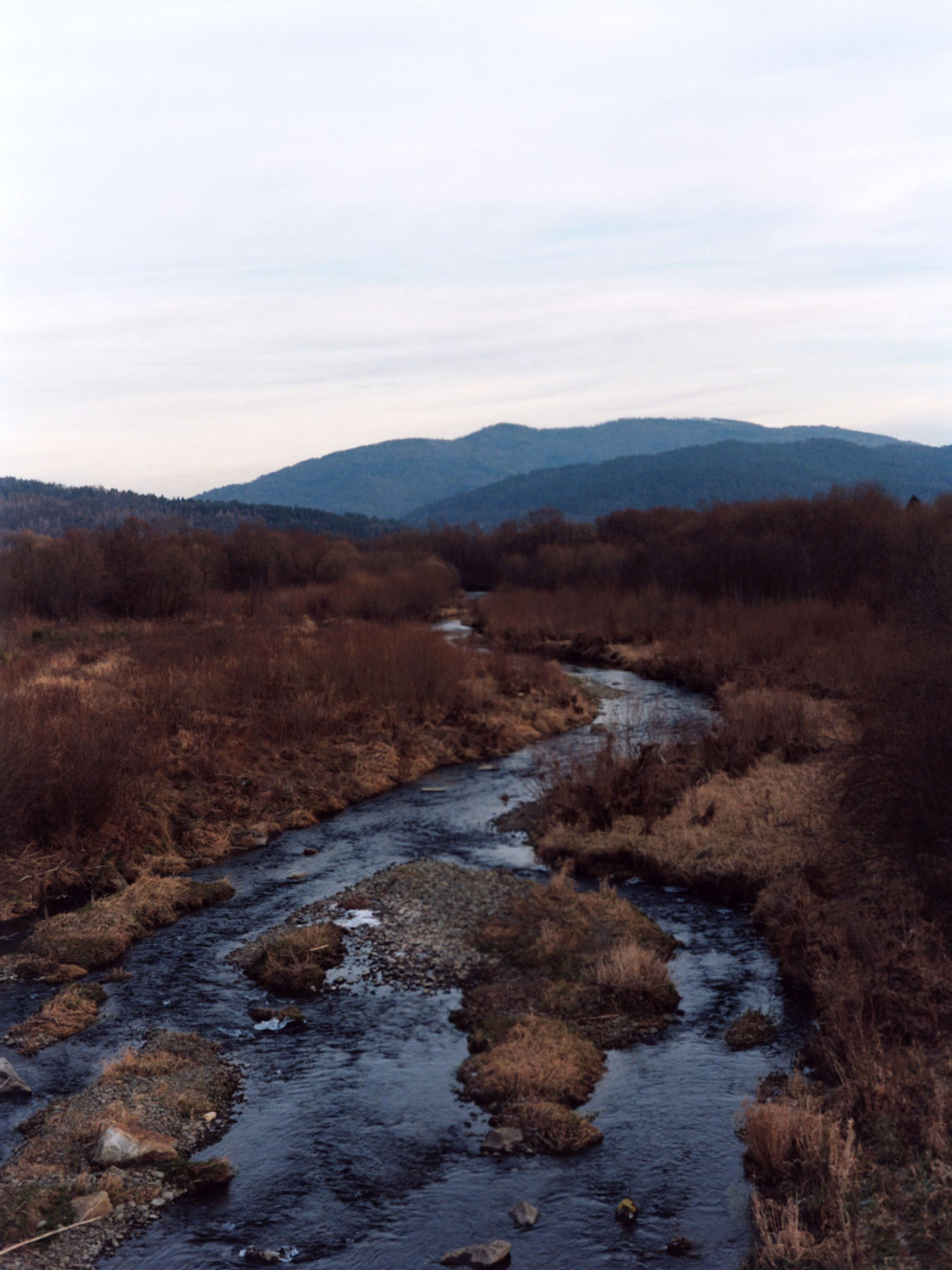

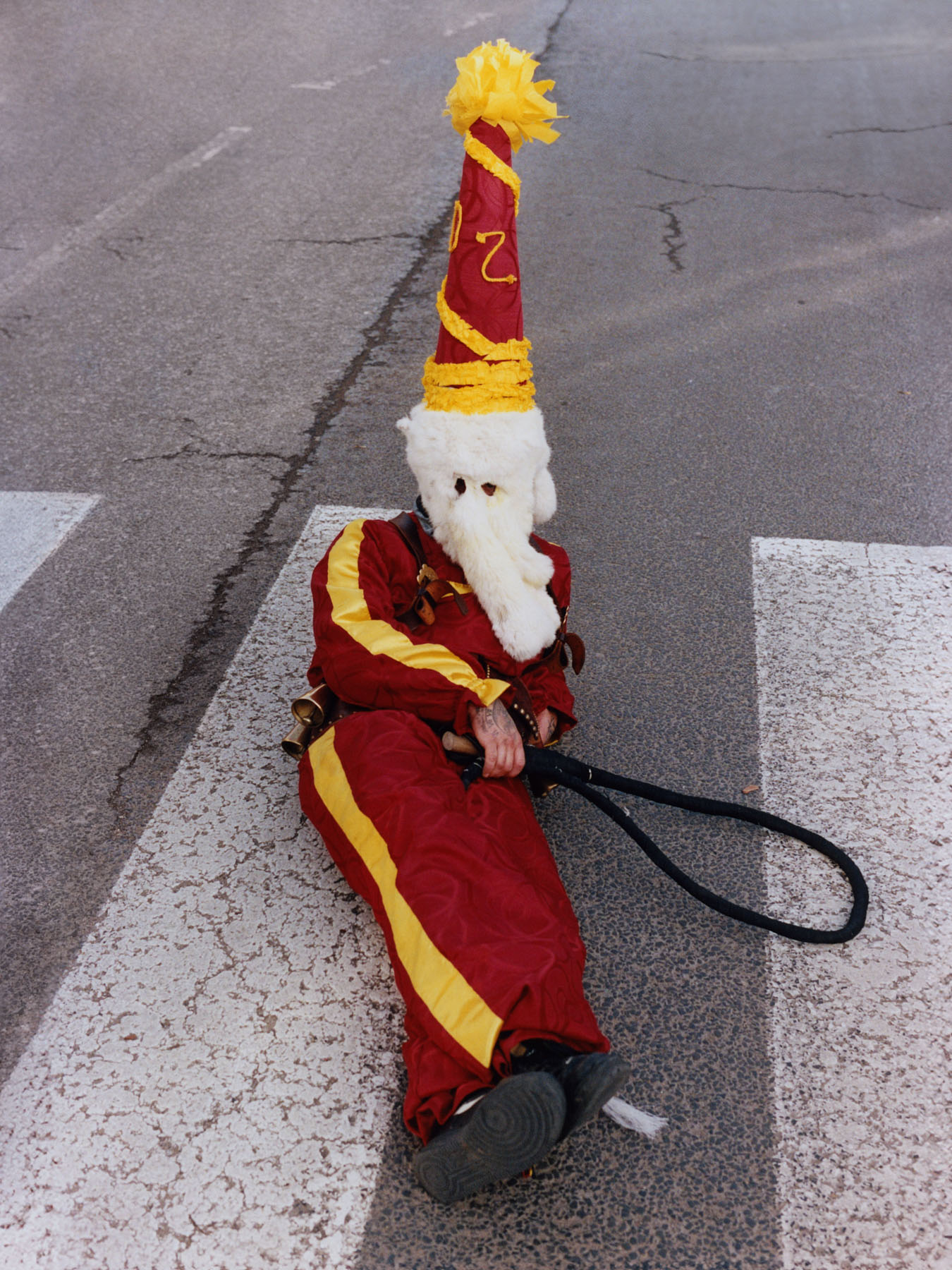
Even the hunchback, often seen as a symbol of hardship or age, holds power. According to local belief, touching it can bring good luck. The higher the hat, the closer to the heavens—and the more sacred power the Brodacz can channel into the human world.
Though similar in form to other Polish caroling figures, the Brodacze of Sławatycze stand apart through their deep symbolism and ties to the culture of the Polish-Belarusian borderlands. They are not merely masqueraders, but living echoes of ancient rites— conjurers of transformation, mediators between the old and the new, the dark and the light.
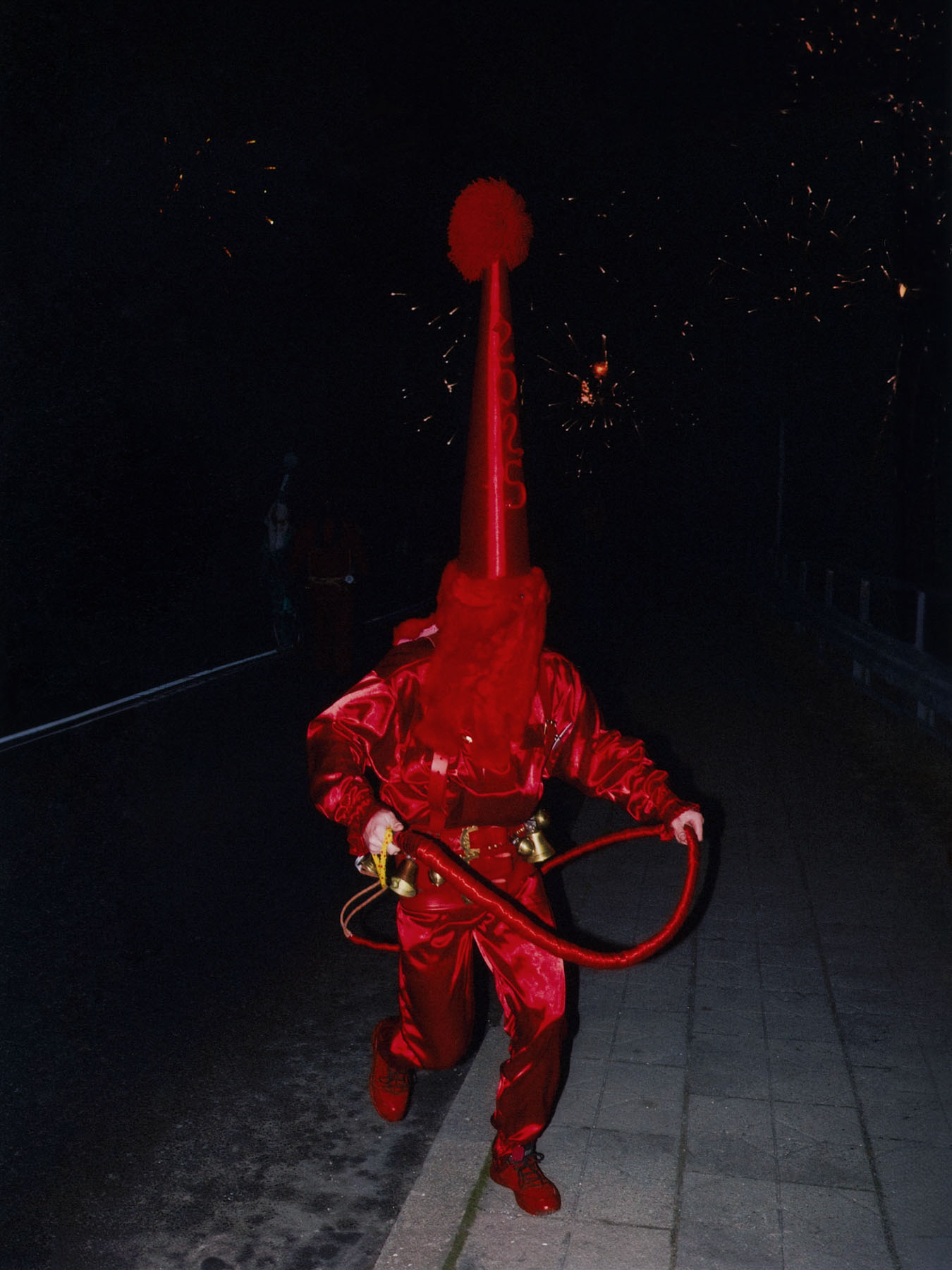
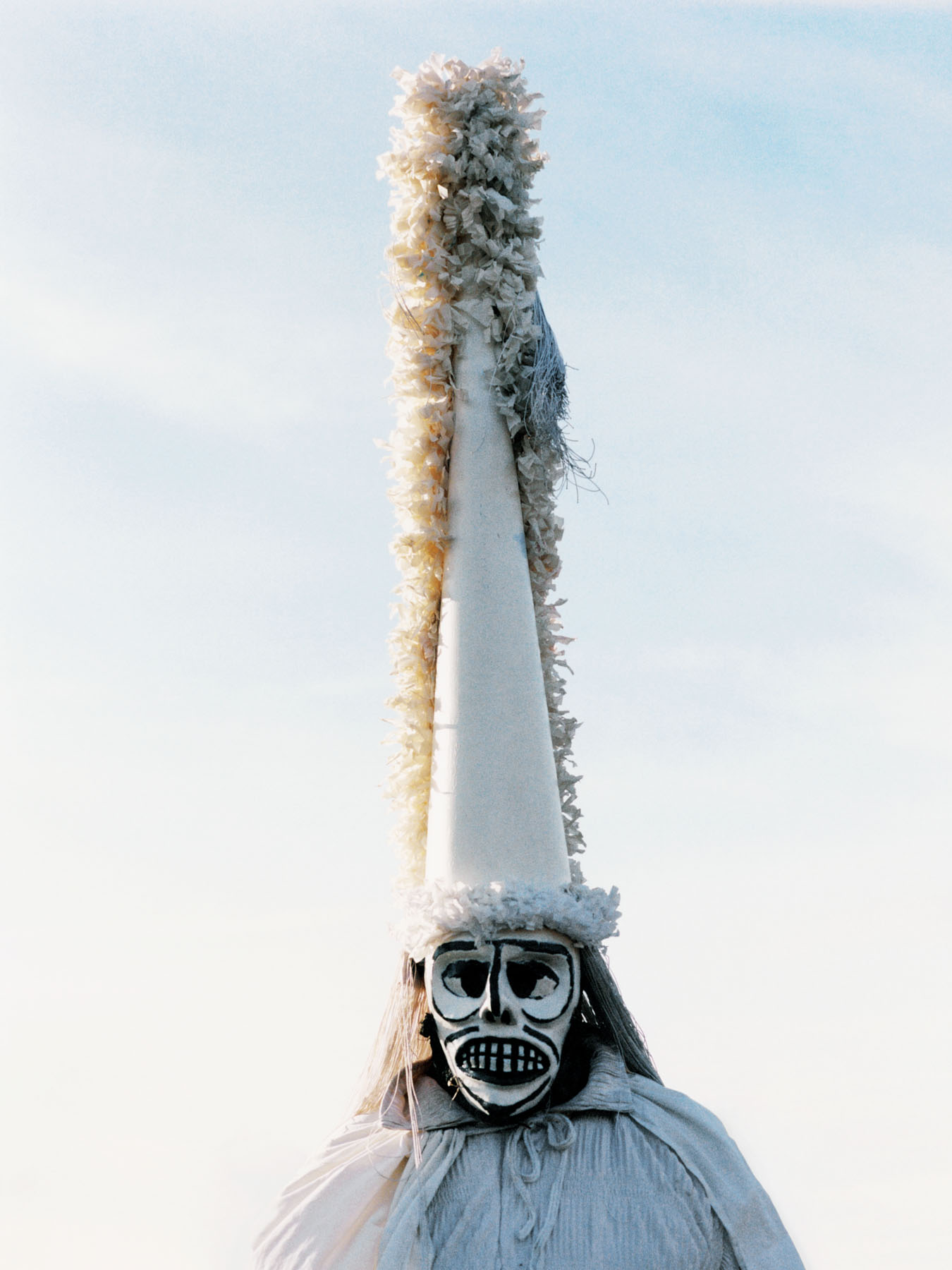

Meeting a Jukac is considered a great stroke of luck—a sign of prosperity. This group is constantly in motion, jumping, running, and dancing. They nimbly weave between residents and passersby, offering well-wishes for good fortune. The Jukacs make noise, shout, and jingle the bells tied to their belts. They transport the present moment to another, magical level of time and world. The group jokes around and plays pranks, drawing everyone they meet into the fun. One moment a Jukac might wrap you up with a belt, the next he might whisk you away to dance. All of it is meant to ensure success in the coming months of the New Year.
“Health, happiness, and sweet delight— A New Year’s Jukac brings you light!”
These kinds of rhymed wishes are shouted by the Jukacs. In return for this good news, a token of gratitude is expected. In the past, people would offer food, cakes, or vodka in return.
Traditionally, only a man, an unmarried bachelor from Zabłocie, could become a Jukac. Today, these rules are no longer strictly enforced. However, a certain hierarchy still exists within the caroling group. The youngest participants start by preparing and repairing the costumes and props, as well as learning how to crack the whips. Over the years, with experience, they can climb the ranks.
A significant and characteristic part of the Jukacs’ performance is whip-cracking. The loud crack serves a protective role, as the sharp sound is believed to chase away all evil and misfortune. Each Jukac carries a whip, which creates a strong sonic effect capable of drowning out all impure forces. The whip is made from rope and ends in a so-called strzylocek—a braid of linen threads.
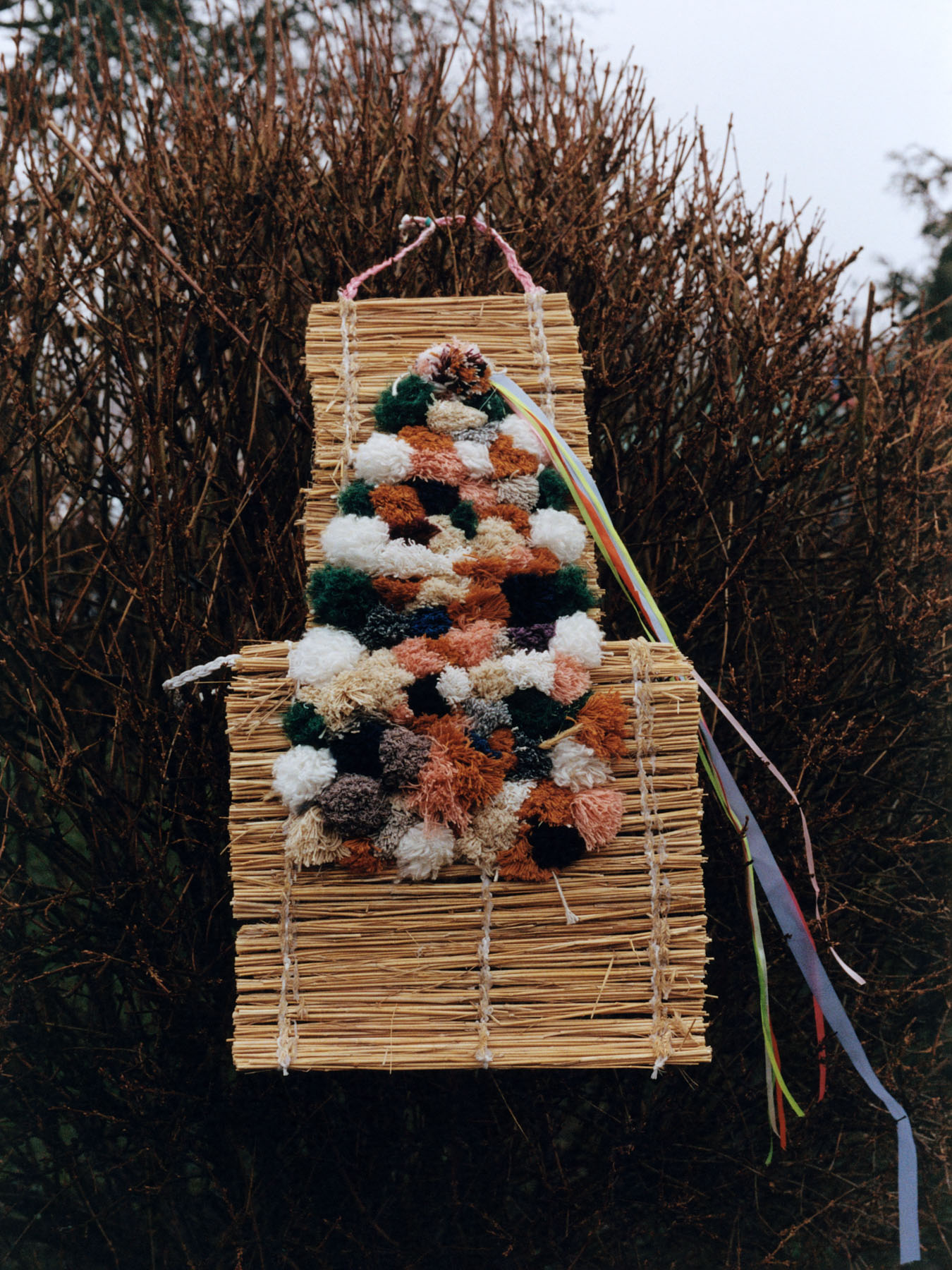
Together, these caroling traditions reflect a worldview where the turn of the year demands a symbolic reordering. Through humor, noise, disguise, and ritual, these groups don’t just entertain—they bless, cleanse, and reconnect their communities with something ancient, cyclical, and essential.
Inspired by regional stories, ethnographic reports and local interviews. Translations and adaptations by the author.
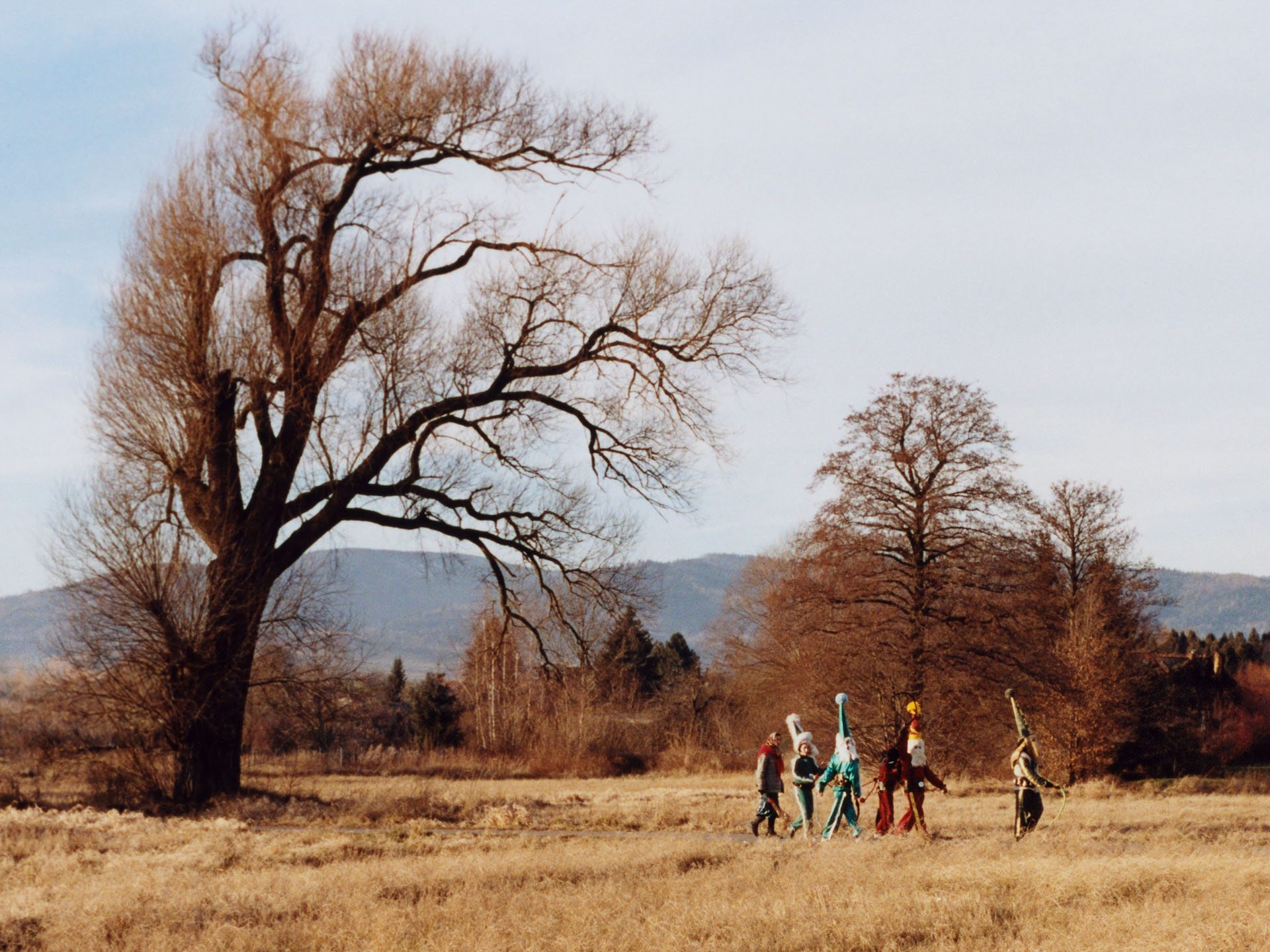
Mateusz Stefanowski
Mateusz Stefanowski (b. 1997, Poland) is a photographer based between Paris and Warsaw.
His work highlights the balance between nature and culture, combining real-life elements with imaginative details.
Blending both staged and natural scenes, he creates visual narratives filled with optimism, intimate and effortless moments that resonate with a sense of freedom.
He explores the complex bond between humans and nature, offering a fresh perspective on the environment that surrounds us.
